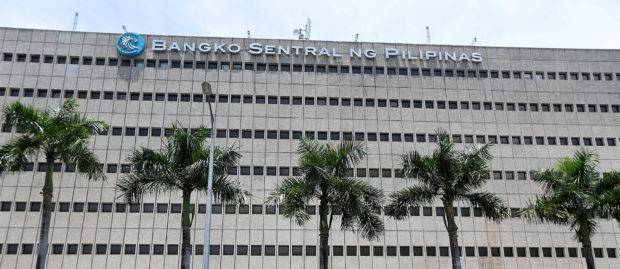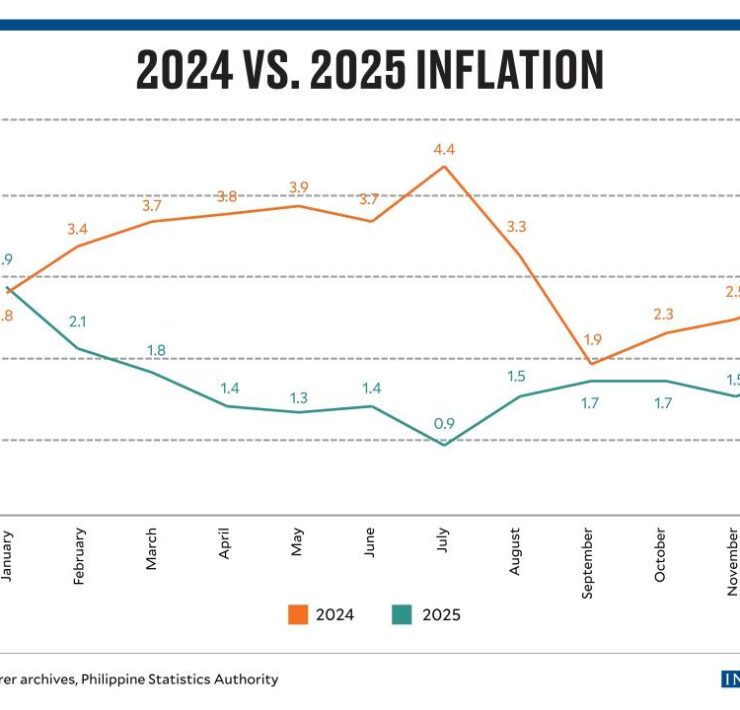Typhoon damage may delay BSP rate cuts

The impact of the recent typhoon on inflation might “put a lid” on the Bangko Sentral ng Pilipinas’ (BSP) ambitions to ease ahead of the US Federal Reserve, Dutch financial giant ING Bank said in a report that raised the possibility of a delayed rate cut at home.
Robert Carnell, regional head of research at ING, said Filipino consumers would still have to spend more for food as they had yet to feel the benefits of lower rice tariffs, while the onslaught of Supertyphoon “Carina” (international name: Gaemi) could push up the prices of farm products.
Those developments, Carnell said, might open the window for rate cuts in the fourth quarter—much later than what the BSP had been hinting at.
Governor Eli Remolona Jr. earlier said it was possible that the central bank would kick off its easing cycle at the Aug. 15 policy meeting of the Monetary Board (MB)—possibly ahead of the Fed, which may start cutting rates in September.
“So far, the cut in rice tariffs in early July seems to have had no discernible impact on Philippine retail rice prices and the recent typhoons may push other seasonal food prices higher in the meantime,” Carnell said.
“We think that probably puts a lid on [the BSP’s] ambitions to front-run the Federal Reserve with rate cuts as soon as this month, though conditions are becoming more favorable,” he added.
Latest figures from the government showed agriculture losses due to the powerful storm and enhanced monsoon rains in late July amounted to P1.21 billion, threatening to push up food prices.
The impact of the typhoon on prices could be “significant,” but there would be “lag effects” that may not influence the July and August inflation figures yet, Remolona said. Still, the BSP chief believes that inflation might have already peaked last month and that a rate cut at the Aug. 15 meeting of the MB is still possible.
As it is, the central bank is expecting the July inflation figure that will come out on Aug. 6 to settle within the range of 4 to 4.8 percent. That projection suggests that there’s a big chance for inflation to overshoot its 2- to 4-percent target range, which Remolona described as a “small jump” due to distortions from base effects.
The BSP chief earlier said a potential breach of the inflation target in July had been taken into account when he gave clearer signals of a rate cut in the third quarter.
At the MB’s policy meeting last June 27, the overnight borrowing rate was kept at 6.5 percent, the highest in more than 17 years.
Back then, Remolona said it was “somewhat more likely” that the central bank would cut the policy rate by a total of 50 basis points (bps) this year— with the first 25-bp cut possibly this month.
The reduction in import duty on rice, a staple food for Filipinos, was one of the reasons why the BSP now sees fewer risks to its inflation outlook, Remolona explained. But he said the MB would also look at other data points apart from the July inflation print before making a move, including the second quarter gross domestic product data coming out on Aug. 8.
ING Bank’s Carnell said growth last quarter would likely run close to 7 percent mainly due to distortions from base effects.
”And quarter-on-quarter growth will likely come in a little below 1 percent, lower than the 1.3 percent growth recorded for the first quarter of the year,” he said.




















